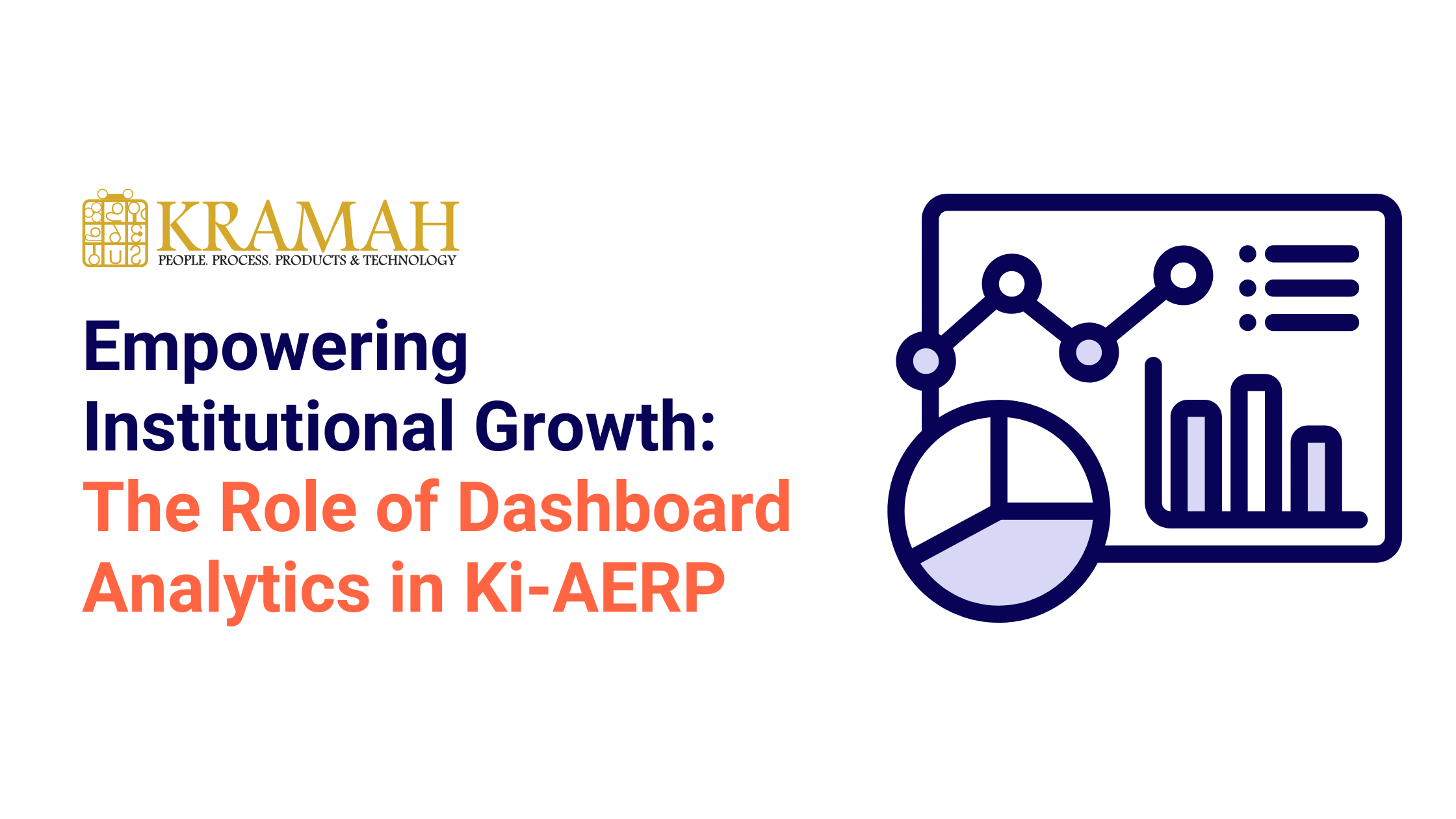Kramah Software LLC
Accreditation Management Services, AI enabled Customized Software for your Institution
The Role of Dashboard Analytics in Ki-AERP
By,Dr. Rajeev C Raghunath

Introduction: Unlocking Institutional Potential
In today’s competitive educational landscape, institutions are constantly striving to enhance their performance and achieve accreditation excellence. A key tool in this endeavor is the integration of dashboard analytics, particularly in systems like KI-AERP. These analytics offer institutions unprecedented insights into their operations, enabling them to make data-driven decisions, identify areas for improvement, and ultimately drive institutional growth.
Understanding Dashboard Analytics: A Holistic View
Dashboard analytics in KI-AERP provide a comprehensive overview of an institution’s performance across various metrics and criteria relevant to accreditation standards. From student outcomes to faculty qualifications, financial stability to infrastructure, every aspect of the institution’s operation is meticulously tracked and presented in an easily digestible format.
Harnessing the Power of Trend Analysis
One of the key features of dashboard analytics is the ability to analyze data trends over time. By examining performance data over the past five years, institutions can identify patterns, track progress, and make informed decisions based on longitudinal insights. This enables institutions to identify areas of consistent improvement and address emerging challenges proactively.
Identifying Strengths and Weaknesses
Through intuitive visualizations and customizable reports, institutions can easily pinpoint their strengths and weaknesses across various criteria. Whether it’s high student satisfaction scores in certain programs or a need for infrastructure investment in others, the dashboard highlights areas of excellence and opportunities for enhancement.
Benchmarking for Success
Benchmarking against industry standards or peer institutions provides valuable context for performance evaluation. With dashboard analytics in KI-AERP, institutions can compare their performance against benchmarks and best practices, gaining valuable insights into their competitive positioning and areas for differentiation.
Driving Data-Driven Decision-Making
Armed with actionable insights from dashboard analytics, institutions can make informed decisions to drive continuous improvement. Whether it’s reallocating resources, revising curriculum, or enhancing student support services, data-driven decision-making ensures that efforts are targeted and effective.
Facilitating Stakeholder Communication
Effective communication of institutional performance is crucial for engaging stakeholders. Whether it’s faculty, students, accrediting bodies, or governing boards, the dashboard provides a clear and compelling narrative of the institution’s strengths, challenges, and strategic priorities, fostering transparency and accountability.
Conclusion: Transforming Institutions Through Data-Driven Excellence
In essence, dashboard analytics in KI-AERP empower institutions to harness the power of data to drive excellence in education, research, or service provision. By providing a comprehensive view of performance, identifying strengths and weaknesses, and facilitating data-driven decision-making, the dashboard becomes an indispensable tool for accreditation success and institutional advancement.